Mercedes presents CLA concept at the IAA
Mercedes-Benz is providing a near-production preview of the upcoming vehicle family based on the Mercedes-Benz Modular Architecture (MMA) and the planned all-electric CLA with the CLA Class concept car presented at the IAA Mobility.
The Concept CLA Class is still a concept car, but the vehicle shown in Munich is said to be close to series production – both in terms of design and technology. As with the Vision EQS, which was unveiled at the IAA in 2019 (at that time still in Frankfurt), the Concept CLA Class is likely to have the basic lines and proportions of the upcoming series-production CLA, but there will probably be deviations in the detailed solutions (as usual). The production version is planned for 2024.
However, this applies primarily to the design; in terms of technology and platform, Mercedes will presumably maintain or even exceed the values now announced. The Concept CLA Class is based on the MMA, the Mercedes Modular Architecture. This is a newly developed platform for the smaller Mercedes models. The development was based on the “Electric First” principle: The MMA was designed and optimised for e-drives, but can still accommodate combustion engines.
The new, in-house developed powertrain is directly derived from the electric drive of the Vision EQXX. It consists of an 800-volt architecture in combination with a battery with an exceptionally high energy density and a very efficient electric drive unit. Mercedes-Benz states an energy consumption of only 12 kWh per 100 kilometres and an expected WLTP range of more than 750 kilometres for the Concept CLA Class.
The battery system developed for the MMA platform comes with a choice of two cell chemistries: The top version has anodes with a silicon oxide content for a particularly high energy density, however, Mercedes does not provide any information on the cathode. The entry-level version uses cells with LFP chemistry. Mercedes does not provide any information on the energy content and range of the basic battery in the press release for the IAA premiere, nor is there any confirmed information on the energy content of the large battery with silicon oxide in the anode. However, an energy content of around 80 to 90 kWh can be roughly calculated from the range specification and the consumption – even if a detailed conclusion (the WLTP consumption specification also includes charging losses) is not permissible.
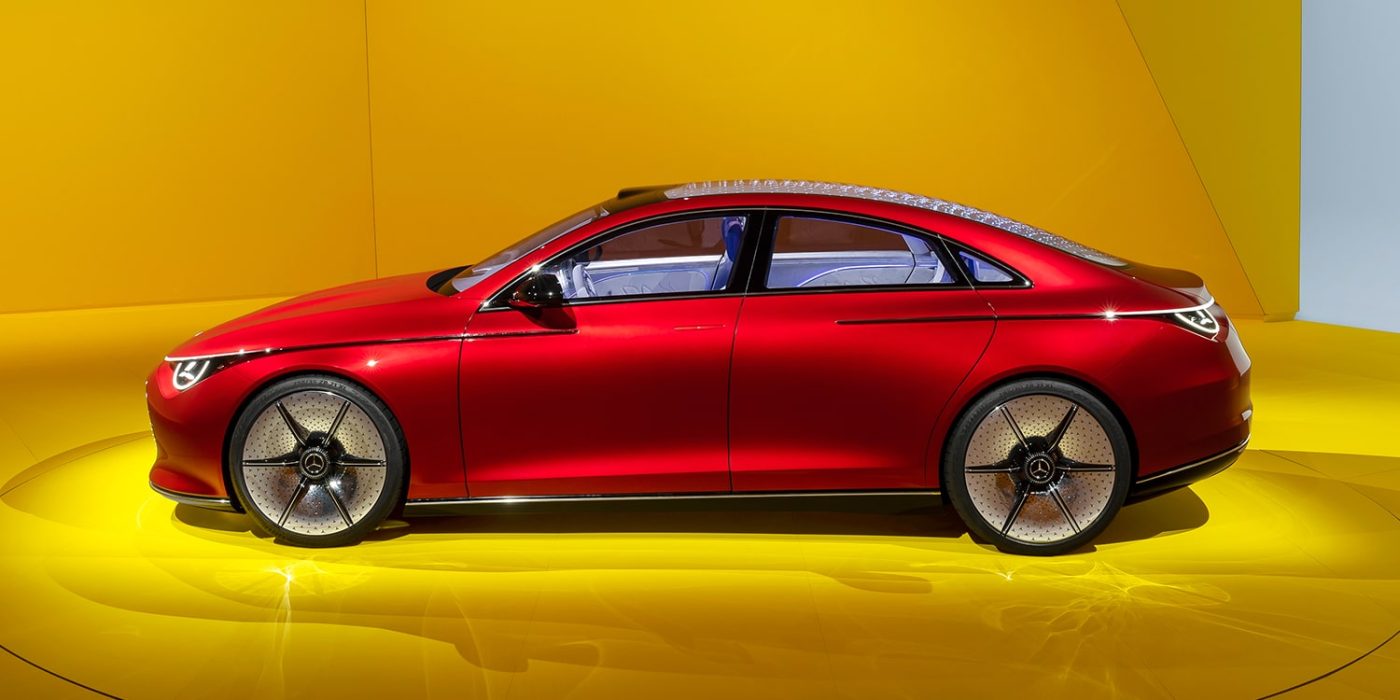
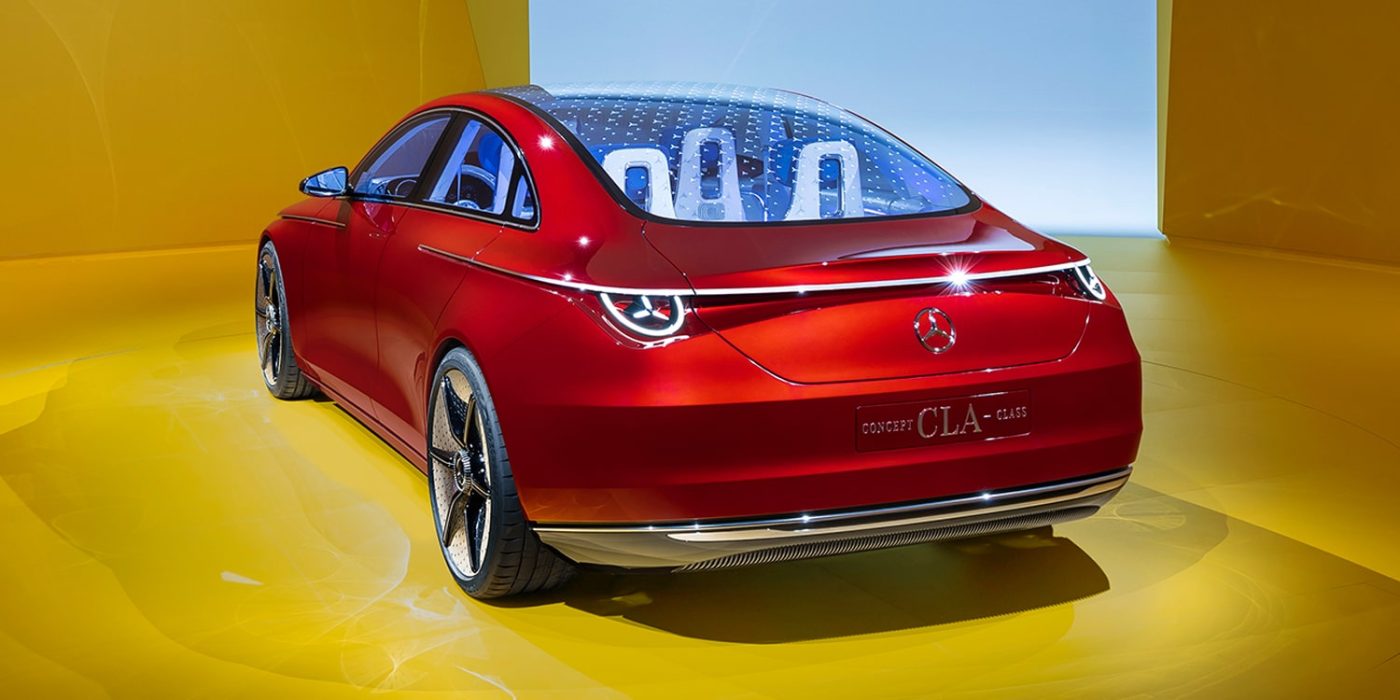
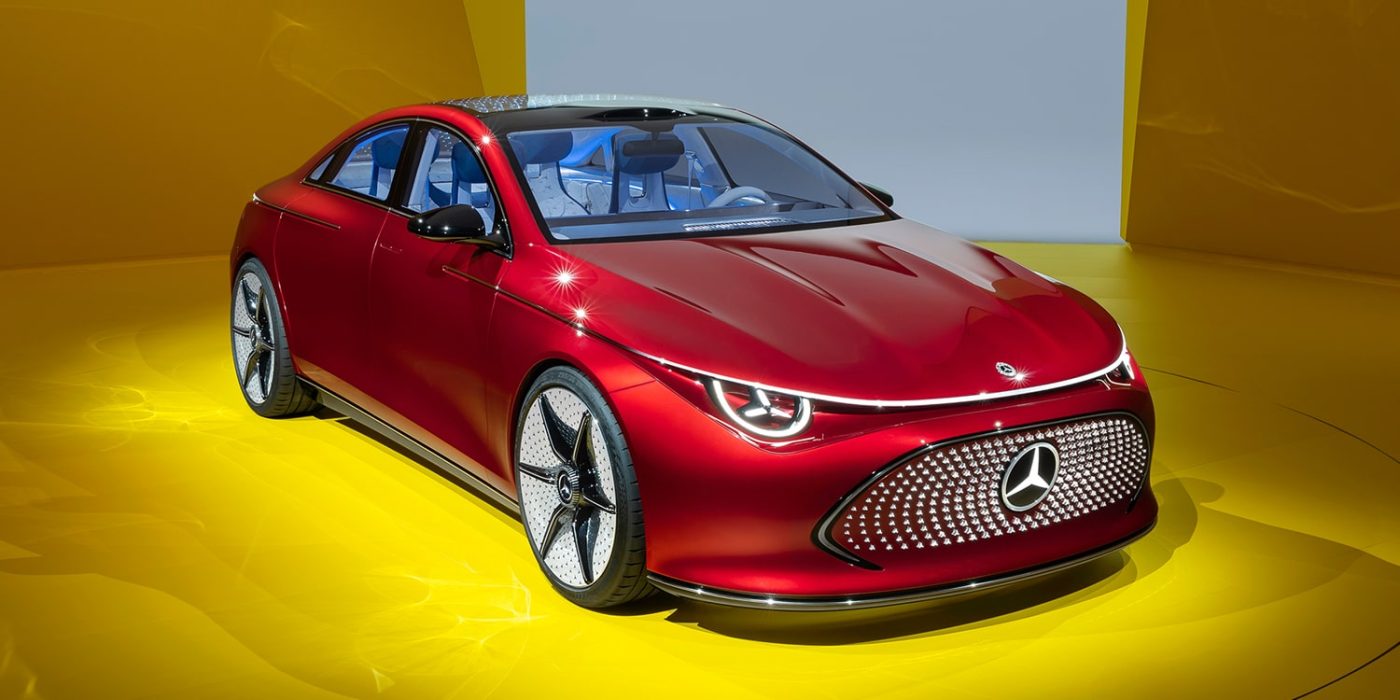
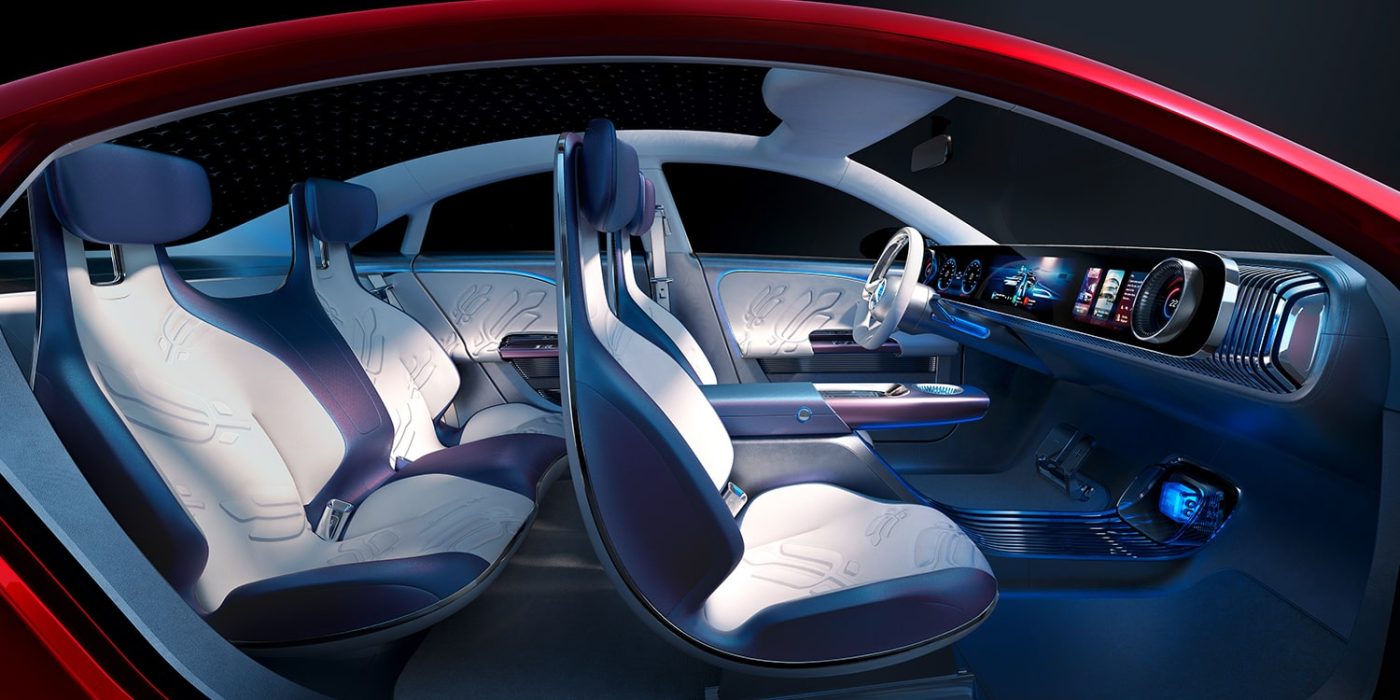
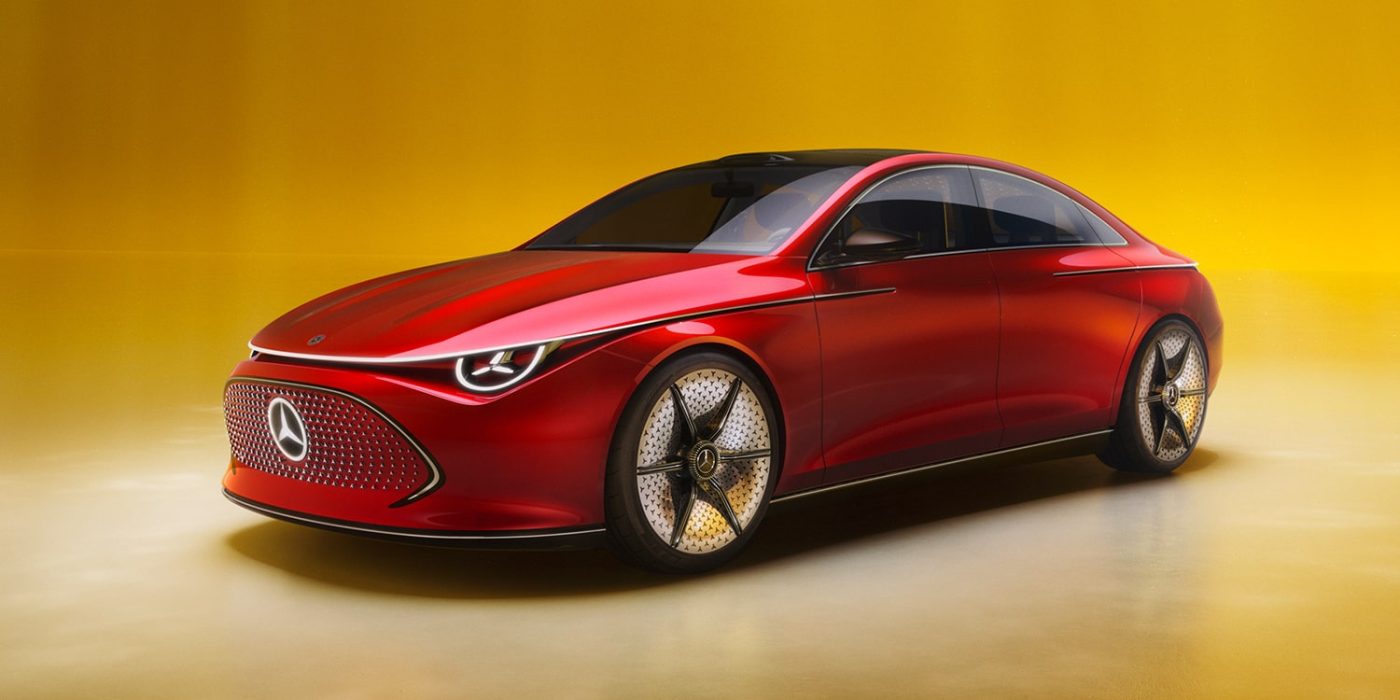
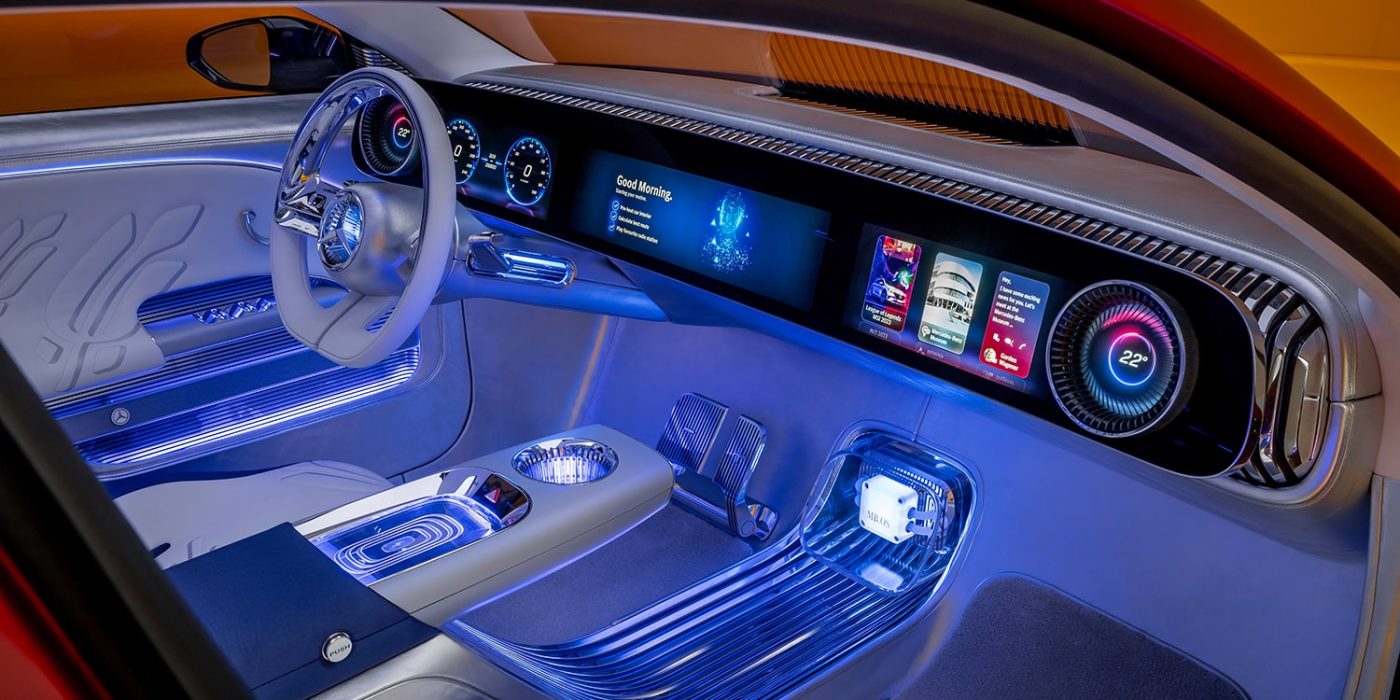
Instead, Mercedes makes some more general statements about the battery. The housing is said to have a “remarkably small total volume”, but this is not quantified. The modules are glued into the housing (so it is not a cell-to-pack concept) and not fixed with screws. “The resulting structure is not only lighter than a conventional battery configuration; it is also stiffer, which offers crash safety advantages,” Mercedes says. The 800-volt configuration is also said to allow for lower cooling requirements, which is again reflected in energy consumption and overall weight.
400 kilometres in 15 minutes recharge
A well-known advantage of an 800-volt architecture: with the CCS charging standard, which is limited to 500 amperes, DC charging outputs of more than 200 kW become possible. Specifically, Mercedes promises charging speeds up to 250 kW in the Concept CLA Class. It is not known whether this will also apply to the LFP battery. However, no charging time from ten to 80 per cent is mentioned – so it is not clear whether the 250 kW is a peak that can only be reached for a short time or whether such a power level can be maintained for longer. After all, the concept is said to be capable of recharging power for 400 kilometres in 15 minutes.
On the other hand, it is confirmed that the CLA (and thus other MMA electric vehicles) will also be able to charge bidirectionally. Specifically, vehicle-to-home (V2H) or vehicle-to-grid (V2G) are announced, but not vehicle-to-load, for example, to supply external devices with electricity from the drive battery. There is a simple reason for this: like the VW Group, Mercedes relies on a direct current solution for bidirectional charging. This means that a special bidirectional DC charging station is required. Mercedes has not installed a bidirectional inverter that would also enable the delivery of alternating current. The inverter is located in the special DC charging station.
The new MB.EDU electric drive unit has a motor, gearbox and power electronics. “EDU” here stands for “Electric Drive Unit”, which, until now, the electric drive developed by Mercedes was referred to by the German abbreviation, eATS 2.0 – meaning “electric drive train”. The 175 kW permanently excited synchronous machine is coupled with a two-speed gearbox, and the inverter relies on silicon carbide semiconductors (SiC). Unlike the BMW concept car for the New Class (which uses an EESM, or a separately excited synchronous machine), the Mercedes model still has permanent magnets in the rotor – but the proportion of heavy rare earth metals is said to be “close to 0 per cent”.
In the Munich IAA concept, the MB.EDU is designed as a “sporty rear-wheel drive”, but with the MMA, electric all-wheel drives with a second drive unit on the front axle are also possible. As a complete package, the MB.EDU is said to weigh less than 110 kilograms.
In terms of connectivity, too, the upcoming CLA is to be the first model to receive the next generation of the Mercedes range. For example, the “company’s own chip-to-cloud architecture” is said to enhance the customer experience “through a new dimension of personalisation, safety, comfort and automated driving”. Thanks to the Unity Game Engine, it should be possible to display particularly realistic-looking real-time graphics on the ‘MBUX Superscreen’. In addition, the UX is supposed to allow for deeper personalisation.




0 Comments